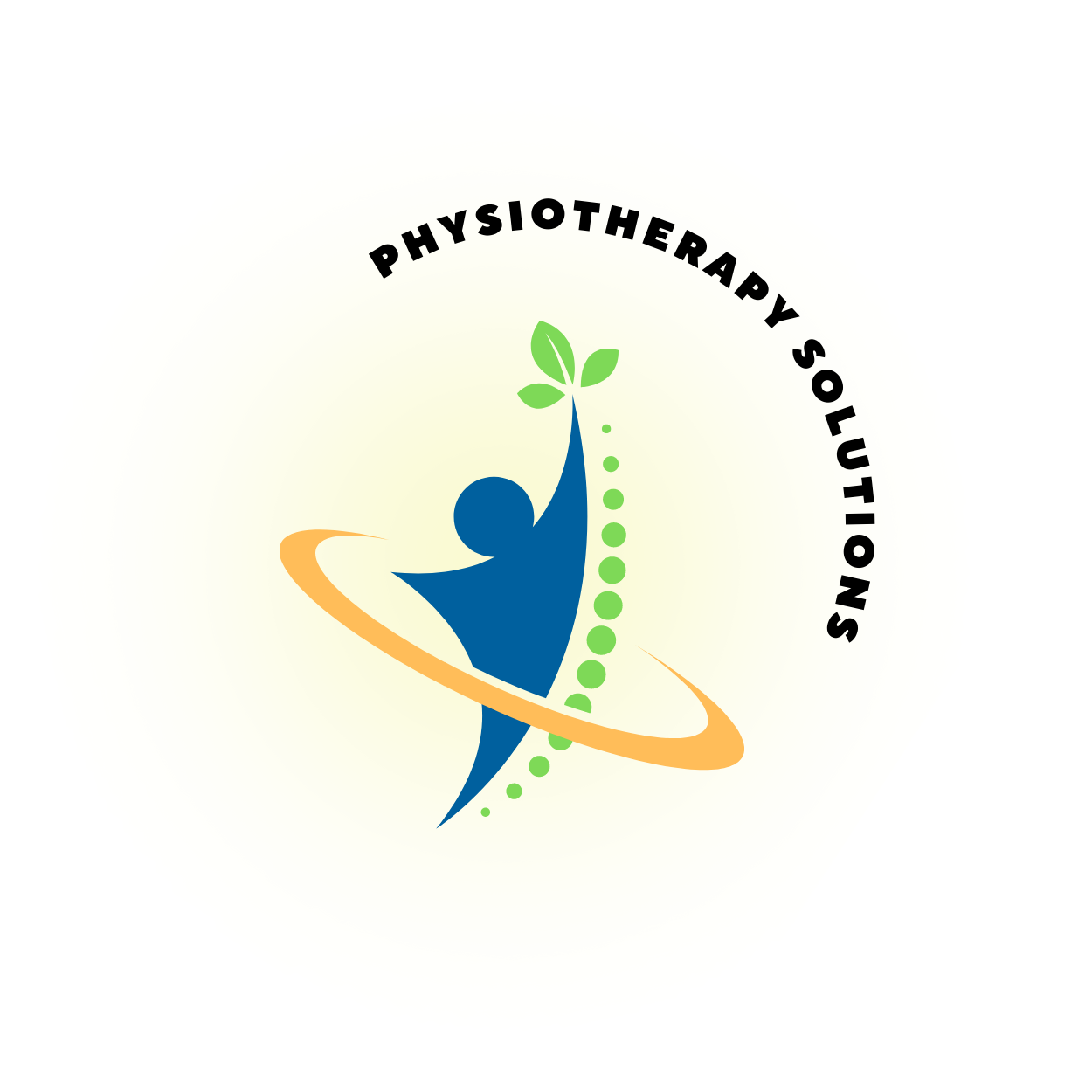Understanding Shoulder Pain: Insights from a Physiotherapist
Shoulder pain is one of the most common complaints I’ve encountered in my time as a musculoskeletal physiotherapist. Whether it’s a sharp, stabbing sensation or a dull, persistent ache, shoulder pain can significantly impact your daily life, limiting your ability to work, exercise, or even perform simple tasks like reaching for a cup. In this blog, I’ll break down the causes of shoulder pain, how to manage it, and when to seek professional help.
Why Does Shoulder Pain Happen?
The shoulder is one of the most complex and mobile joints in the body. It’s a ball-and-socket joint surrounded by muscles, tendons, ligaments, and bursae, all working together to provide stability and movement. However, this complexity also makes it prone to injury and dysfunction. Here are some of the most common causes of shoulder pain:
Rotator Cuff Injuries
The rotator cuff is a group of four muscles and tendons that stabilize the shoulder. Overuse, trauma, or age-related degeneration can lead to tears or tendinitis, causing pain, weakness, and limited range of motion.Frozen Shoulder (Adhesive Capsulitis)
This condition involves stiffness and pain in the shoulder joint, often developing gradually. It’s more common in people with diabetes or those who’ve had prolonged immobilization of the shoulder.Shoulder Impingement
This occurs when the tendons of the rotator cuff become compressed or irritated as they pass through the subacromial space. It’s often seen in athletes or individuals who perform repetitive overhead movements.Arthritis
Osteoarthritis or rheumatoid arthritis can affect the shoulder joint, leading to pain, swelling, and reduced mobility.Referred Pain
Sometimes, shoulder pain isn’t coming from the shoulder itself. Issues in the neck, spine, or even internal organs (like the heart or gallbladder) can refer pain to the shoulder area.Postural Issues
Poor posture, especially from prolonged sitting or desk work, can strain the muscles and joints around the shoulder, leading to pain over time.
How to Manage Shoulder Pain at Home
While some cases of shoulder pain require professional intervention, there are steps you can take at home to alleviate discomfort and promote healing:
Rest and Activity Modification
Avoid activities that exacerbate the pain, especially repetitive or overhead movements. However, complete immobilization isn’t always the answer—appropriate movement is often key to recovery.Ice and Heat Therapy
Apply ice packs for 10-15 minutes to reduce inflammation and pain in the acute phase (first 48 hours). After that, heat can help relax tight muscles and improve blood flow.Gentle Stretching and Strengthening
Once the acute pain subsides, gentle stretches and strengthening exercises can help restore mobility and stability. Examples include pendulum stretches, shoulder rolls, and resistance band exercises.Over-the-Counter Pain Relief
Nonsteroidal anti-inflammatory drugs (NSAIDs) like ibuprofen can help manage pain and inflammation, but use them sparingly and consult your doctor if needed.Posture Correction
Pay attention to your posture, especially if you spend long hours at a desk. Keep your shoulders relaxed, your spine neutral, and your computer screen at eye level.
When to See a Physiotherapist or Doctor
While many cases of shoulder pain resolve with self-care, there are times when professional help is essential. Seek medical attention if:
The pain is severe or persists for more than a few weeks.
You experience sudden weakness or inability to move your shoulder.
There’s visible swelling, redness, or deformity.
The pain follows a traumatic injury, such as a fall or accident.
You have accompanying symptoms like chest pain, shortness of breath, or dizziness (which could indicate a more serious condition).
How Physiotherapy Can Help
As a physiotherapist, my goal is to identify the root cause of your shoulder pain and create a personalized treatment plan. This may include:
Manual Therapy: Hands-on techniques to improve joint mobility and reduce muscle tension.
Exercise Prescription: Tailored exercises to strengthen weak muscles, improve flexibility, and restore function.
Education: Guidance on posture, ergonomics, and activity modification to prevent recurrence.
Modalities: Use of dry needling/cupping to reduce pain and promote healing.
Preventing Shoulder Pain
Prevention is always better than cure. Here are some tips to keep your shoulders healthy:
Maintain good posture and ergonomics at work and home.
Incorporate shoulder-strengthening exercises into your fitness routine.
Avoid repetitive overhead movements or take frequent breaks if they’re unavoidable.
Warm up properly before exercise and stretch afterward.
Listen to your body—don’t ignore early signs of pain or discomfort.
Final Thoughts
Shoulder pain can be frustrating and debilitating, but with the right approach, most people can recover fully and return to their normal activities. If you’re struggling with shoulder pain, don’t hesitate to reach out to a qualified physiotherapist or healthcare provider. Remember, early intervention is key to preventing long-term issues.
Your Physiotherapy in Merrylands is here to help
Your Physio in Merrylands is well versed in finding the true cause of your shoulder pain, and guiding you through the rehabilitation process. We adopt a hands on approach with pain education to help you build shoulder strength and resiliance. If you would like your shoulder pain to be assessed, treated, and also have the goal of preventing future flare ups, give us a call or book online.
Take care of your shoulders—they’re your gateway to a pain-free, active life!
Best regards,
Physio Solutions Merrylands




